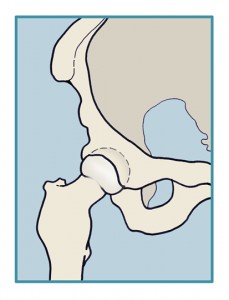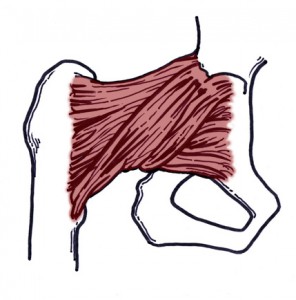Hip Pain From Running
My goal is to make things as simple as possible to understand. Too many people have chronic pain and injuries and don’t take the time to try to sort things out for themselves. My family belongs to the Park Slope Food Co-op here in Brooklyn and I did my walking (naturally) shift yesterday. It is my job for two and a half hours each month to walk people to their homes or cars and return their cart to the co-op.
It might come as a surprise but I often talk to people about walking. Yesterday I escorted a mom who told her story of three very athletic kids that ate her out of house and home. We talked about their workouts and how they became so interested in exercise due to her initial dance background followed by running triathlons. I of course shared with her that even though I teach exercise, and exercise daily in one form or another, it is not the first thing of interest on my list in the morning.
We got around to the fact that she was in physical therapy for a tear in the labrum of the hip. A problem she attributed to running. I then told her I teach people to walk. That is when it became fun. She reported that her physical therapist loves walking and thinks people weren’t meant to run and should walk more for exercise. I asked her if she used a running technique and she said she was a mid-foot striker. I then asked if she used a walking technique and she looked at me cross-eyed.
If you are on the lookout for plus size running wear, you can check out an informative article on plus size running skorts: https://plussizerunner.com/
best-plus-size-running-skort/
People run the way they walk unless they use a specific technique that they apply for running. Those people who use a running technique should apply a modified version of it to their walking pattern. People invariably think they walk correctly simply because they walk and when they break down while running the way they walk often exacerbates the problem. Interesting stuff.
But back to the title of the post; the woman I was talking with was diagnosed with a labral tear in the right hip. The labrum connects the ball at the top of the femur to the socket of the hip. And from spying on her as we walked (I can’t help myself) I knew she tucked her pelvis and turned her feet out. So on Seventh Avenue in Park Slope I had her stand up, to the amusement of the hat peddler whose table we stood next to.
I now present you with the first scene of my new play—changing your body is not that difficult.
“Do you know any anatomy?”
“A bit.”
“You have tight peroneals.” These are the muscles of the outer shin.
“Yes! I was a dancer for fifteen years.”
“Do you think you are standing up straight?” I asked as I probably ask fifty times a week.
“Yes.”
“You’re leaning backwards.”
“Really?”
“When I say feel the head, or ball of the femur and the way it sits in the hip socket, does that make sense?”
“Yes.”
“Great. You tuck your pelvis which forces your inner thighs forward and out. Do you feel that?
“Yes”
“Awesome. If that is what you are doing then you are externally rotating your femoral head and putting strain on the labrum every second that you stand and walk in this posture.”
It seemed to be making sense to her.
“Now, internally rotate your thighs just a little and take the tops of your legs back, sticking your butt out a little—only enough to screw the ball of the femur snugly into its socket.”
“Wow.”
“You’re fixed. Now develop every muscle in the body to accommodate this new posture and you will never have pain again.”
End scene.
***


